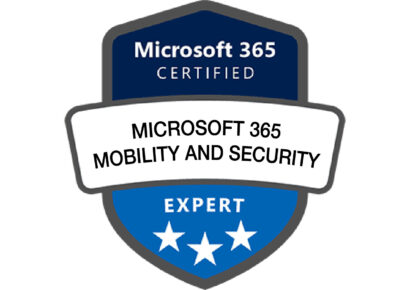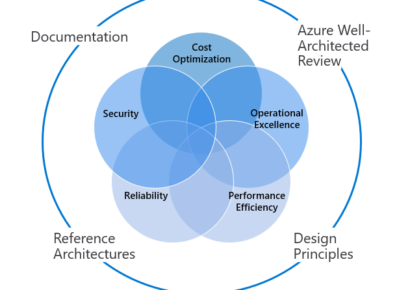Currently Empty: 0.00 EGP
About Course
The Azure Fundamentals certification validates foundational knowledge of Azure cloud services. These courses by Microsoft Press cover the key concepts covered in the AZ-900 exam, which you must pass to earn this certification.
AZ-900 | Exam topics:
Skills measured as of October 28, 2022
- Describe cloud concepts (25–30%)
- Describe Azure architecture and services (35–40%)
- Describe Azure management and governance (30–35%)
Study guide for Exam AZ-900: Microsoft Azure Fundamentals | Microsoft Learn
Course Content
Describe cloud concepts (25–30%)
-
What is Cloud Computing
25:03 -
Identify Cloud Computing Benefit
24:12 -
How to create a free Azure Subscription
19:24 -
Cloud Consumption Model
20:02 -
How to Become an Azure Cloud Engineer
11:27 -
Describe Cloud Computing Quiz





mahmoud zahran